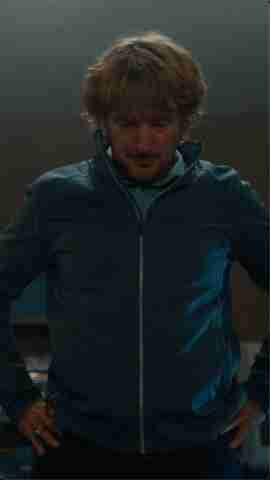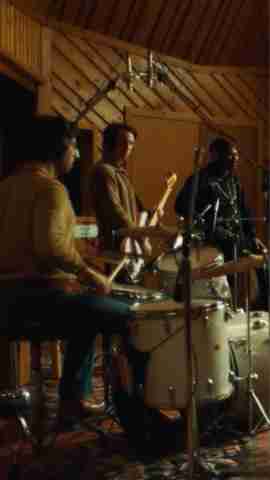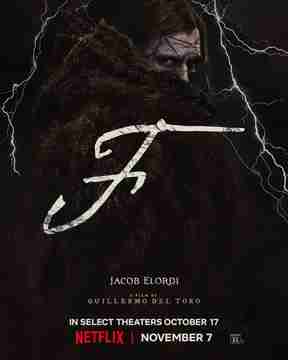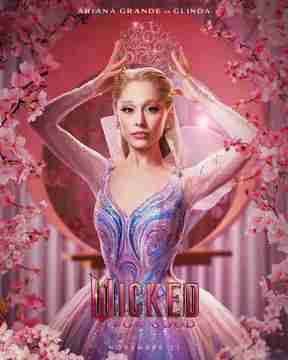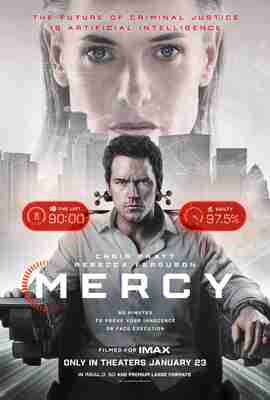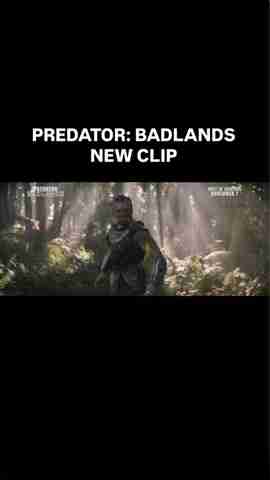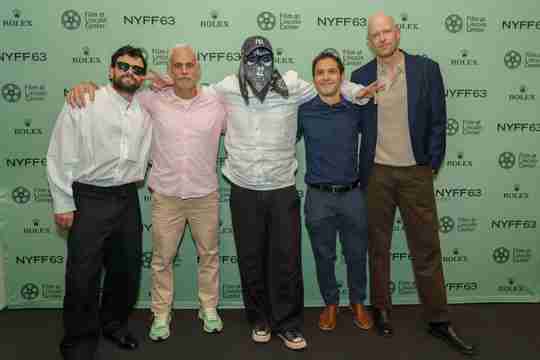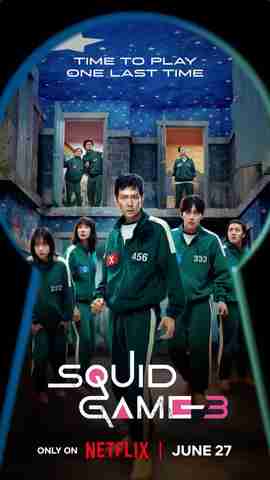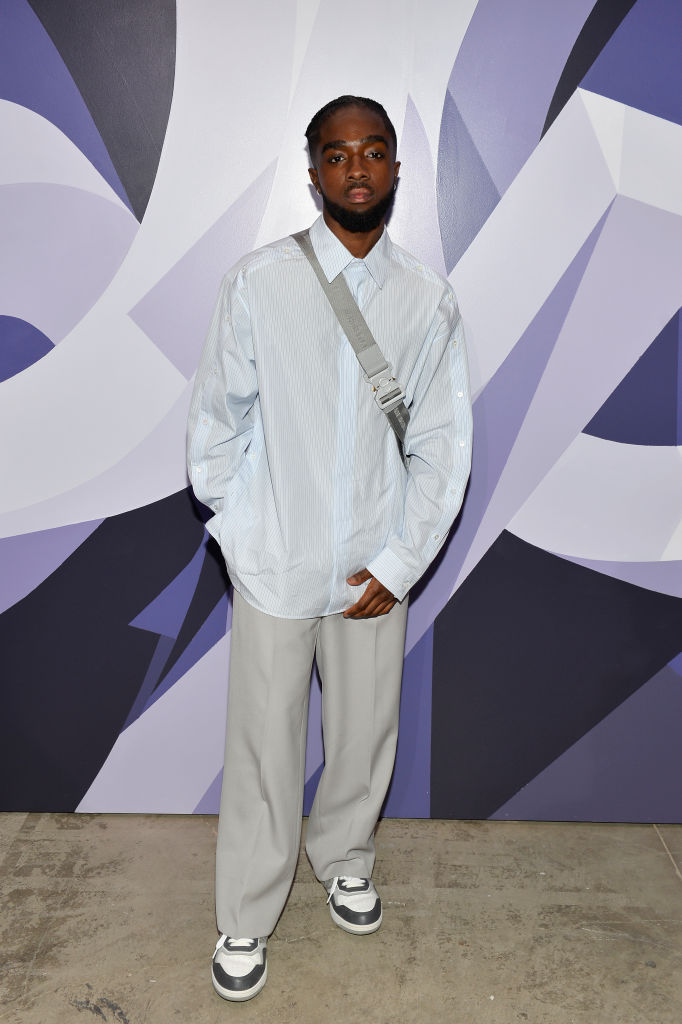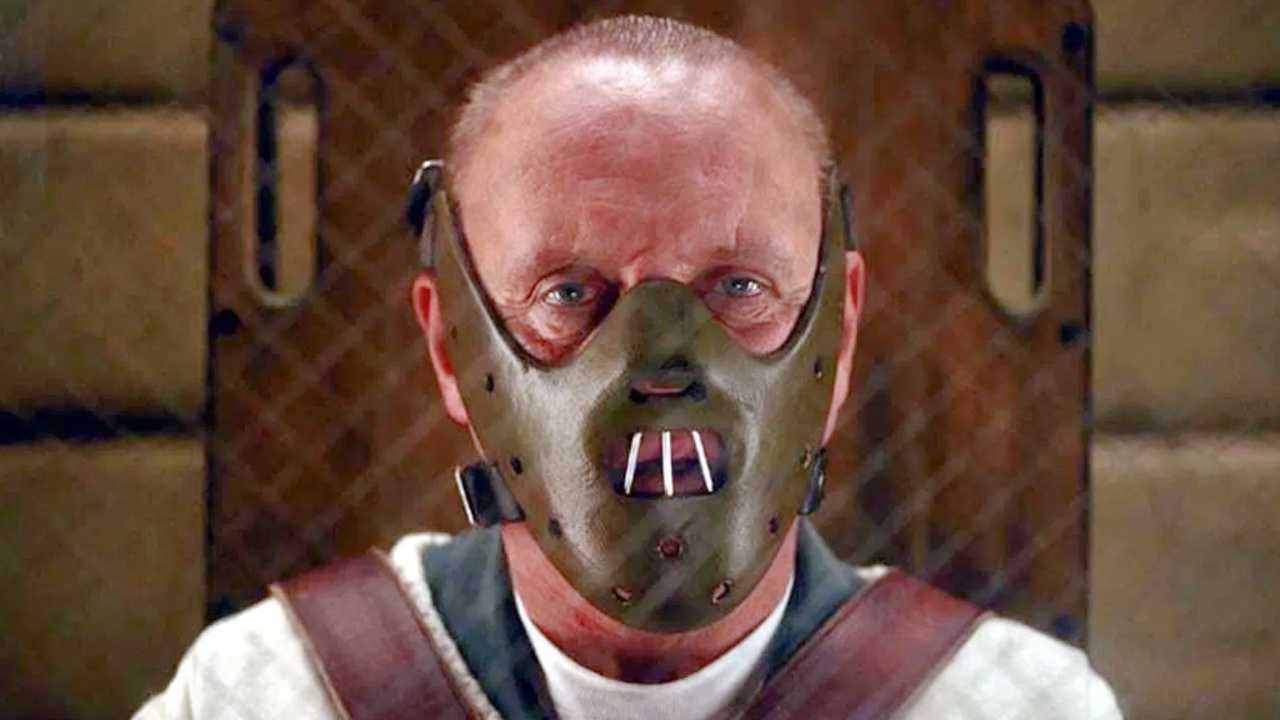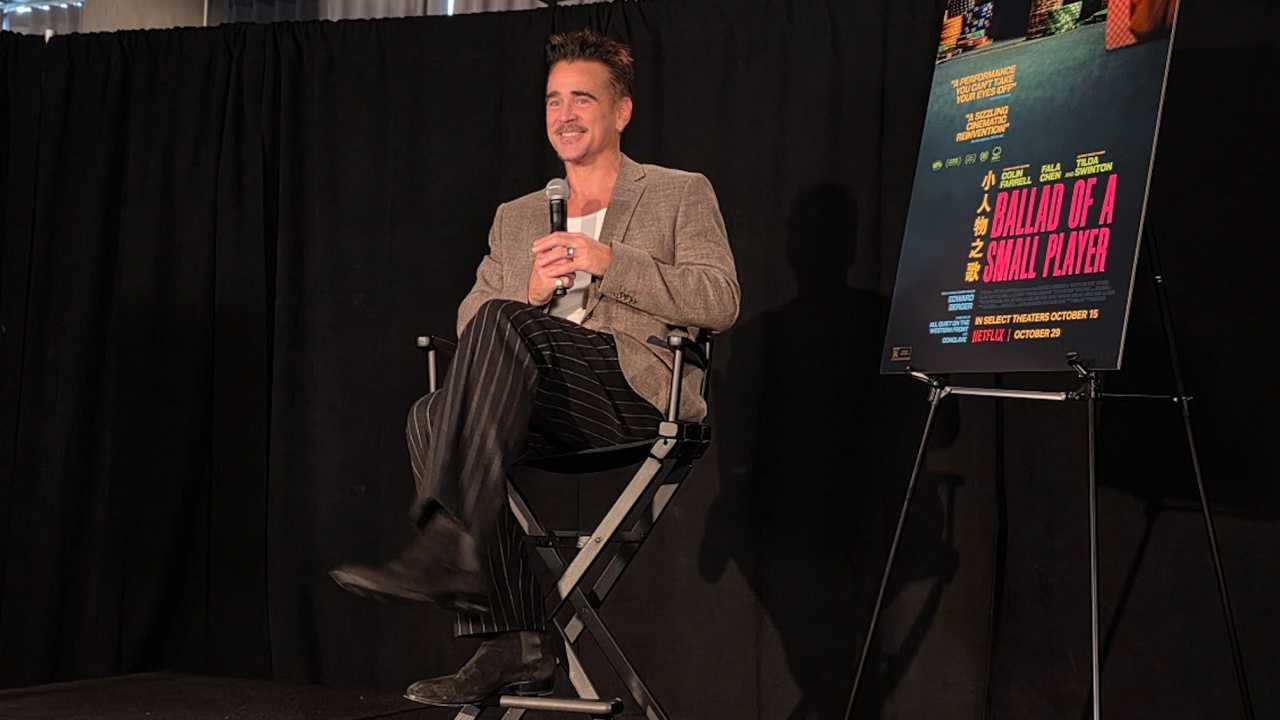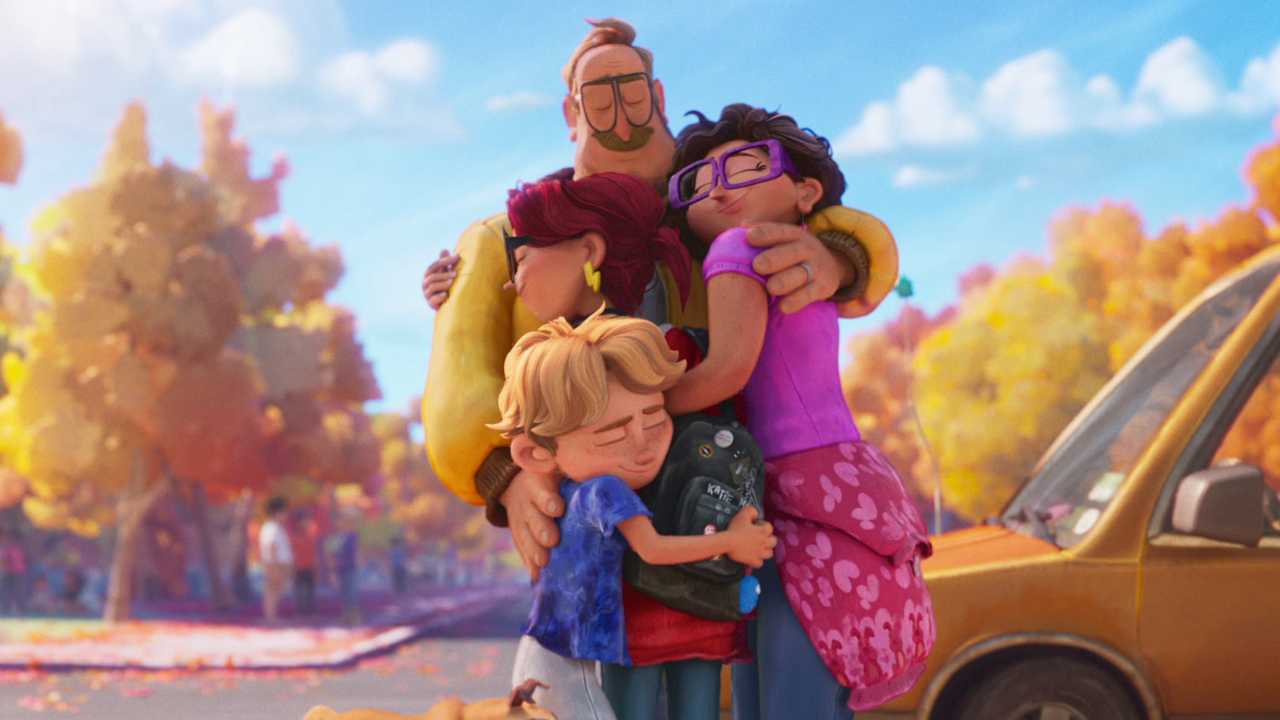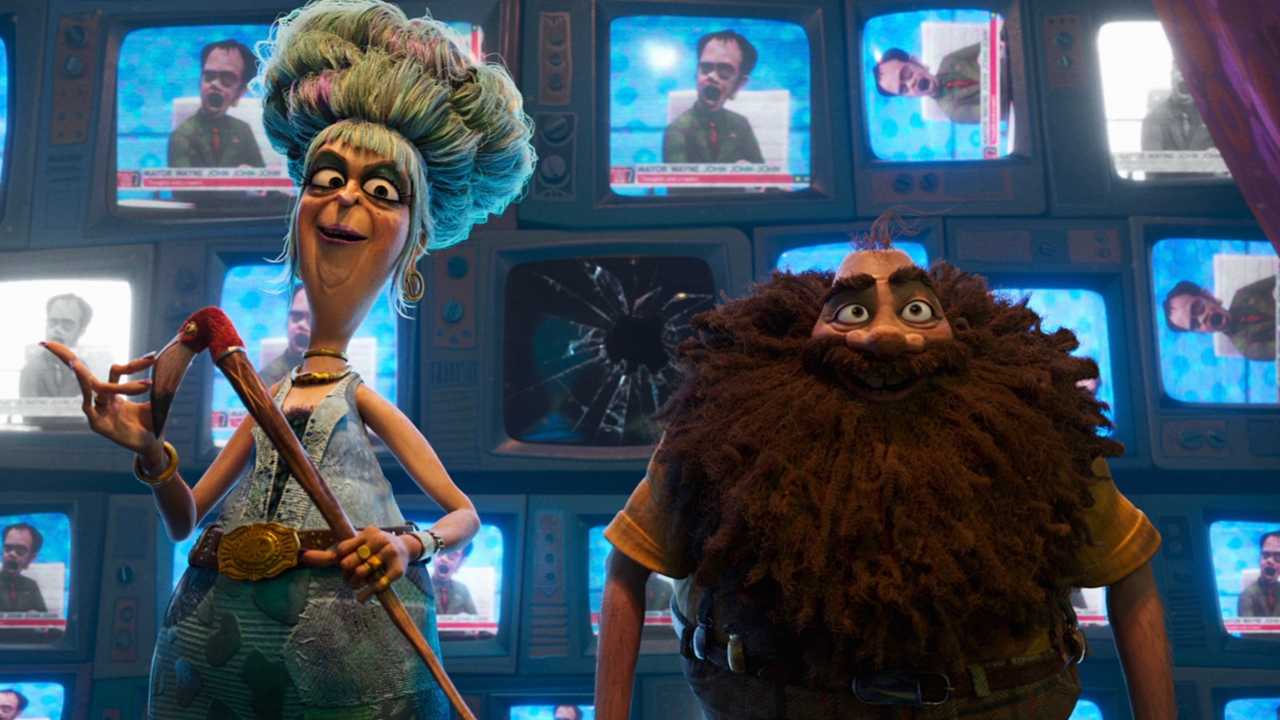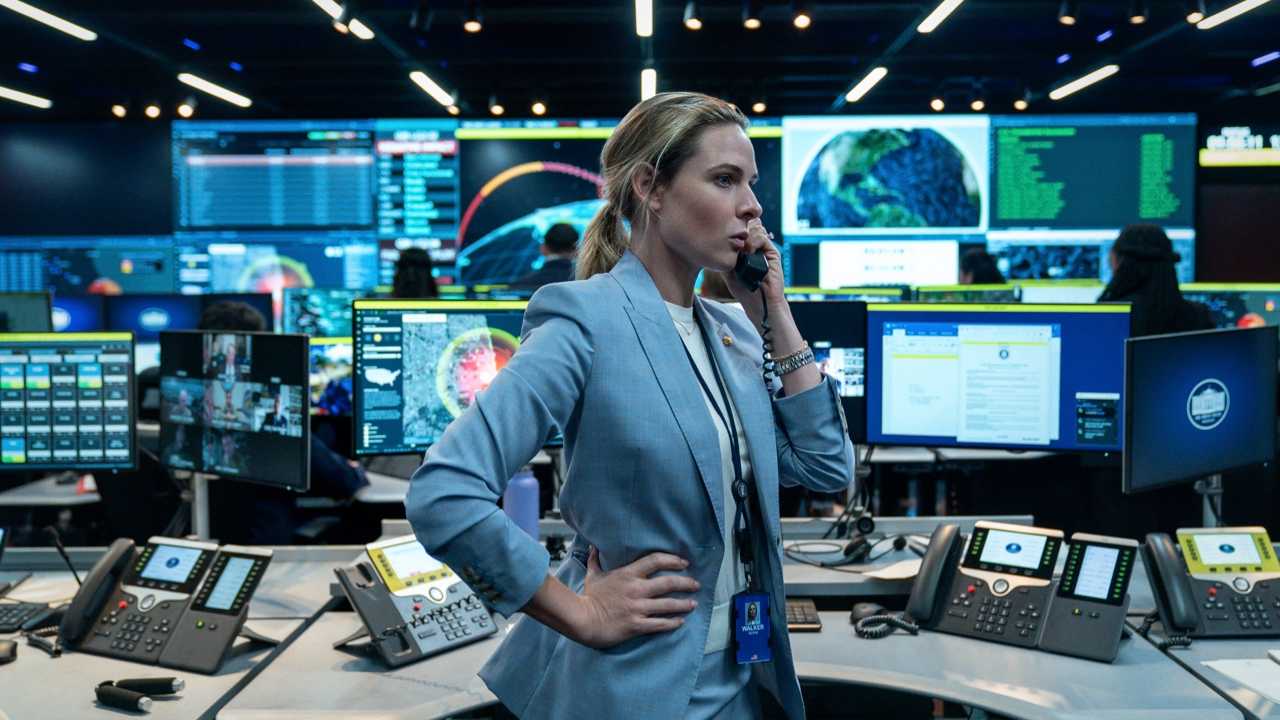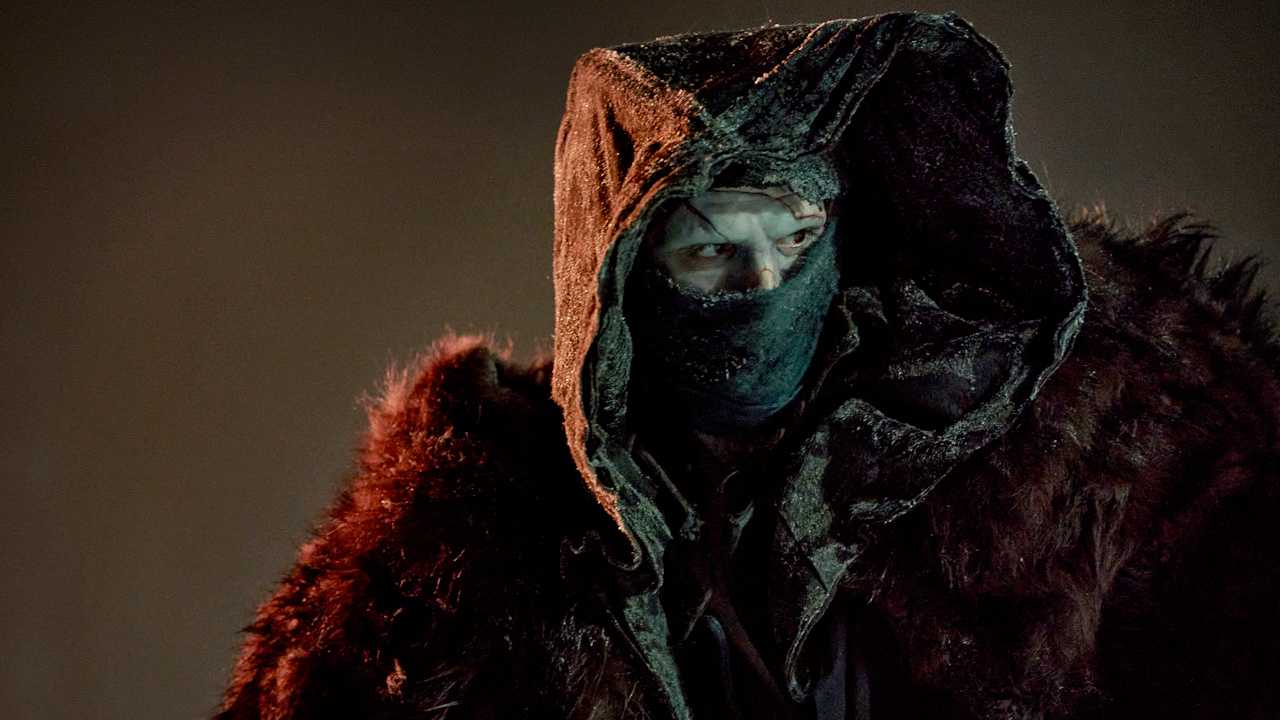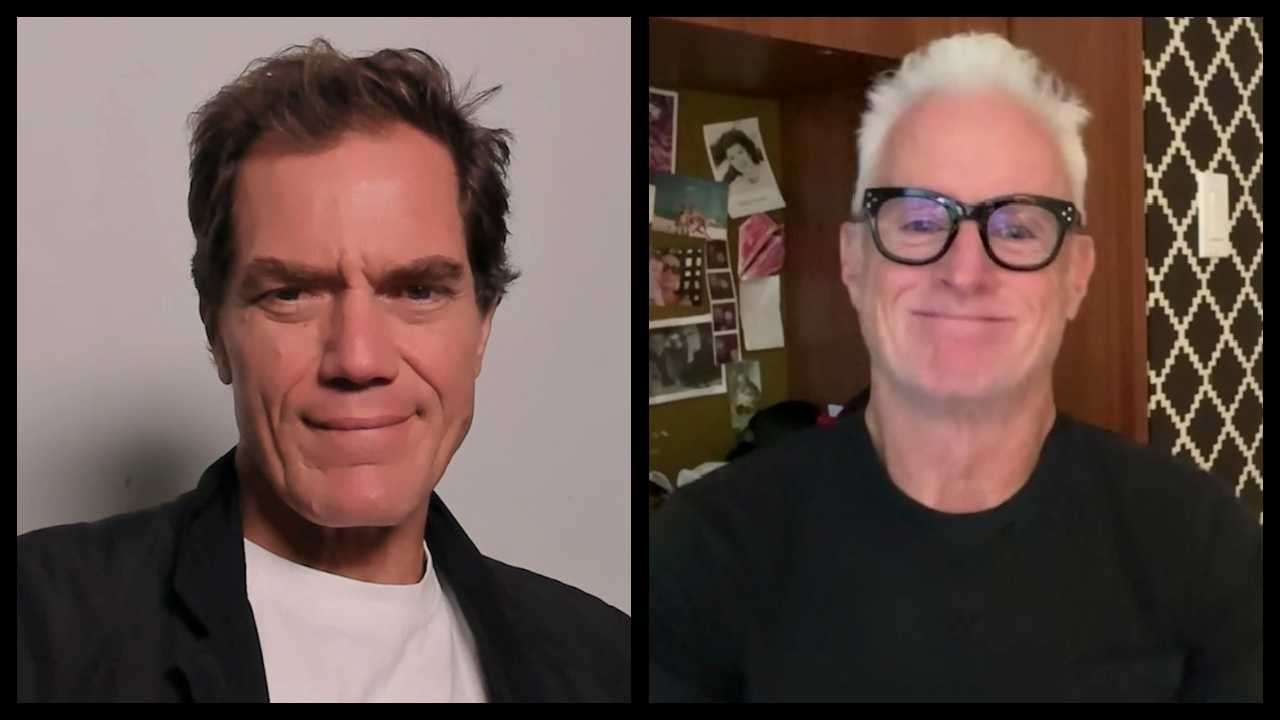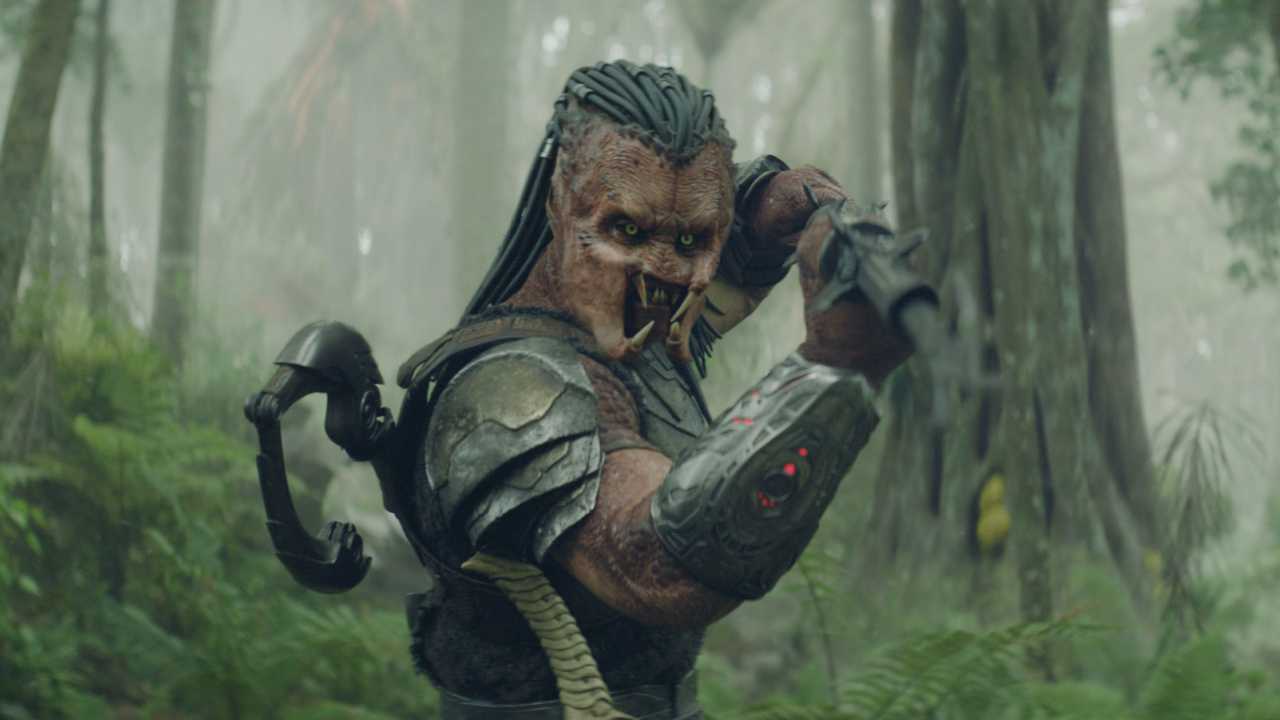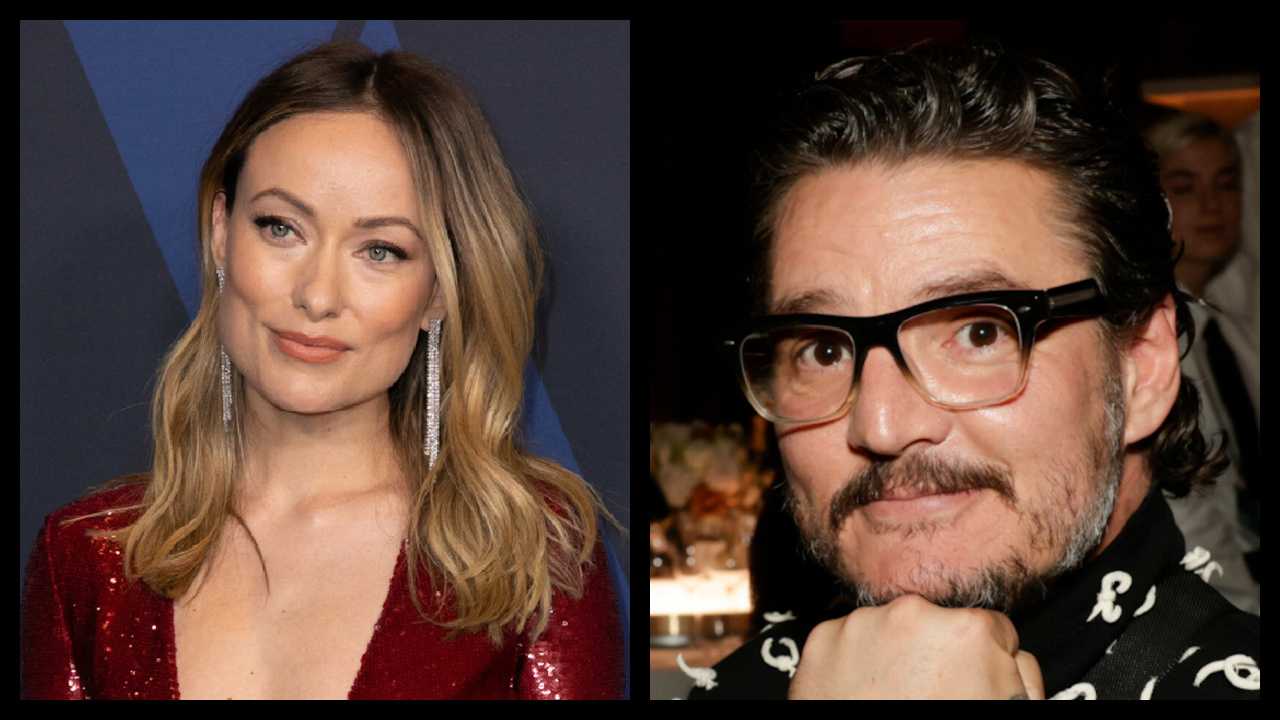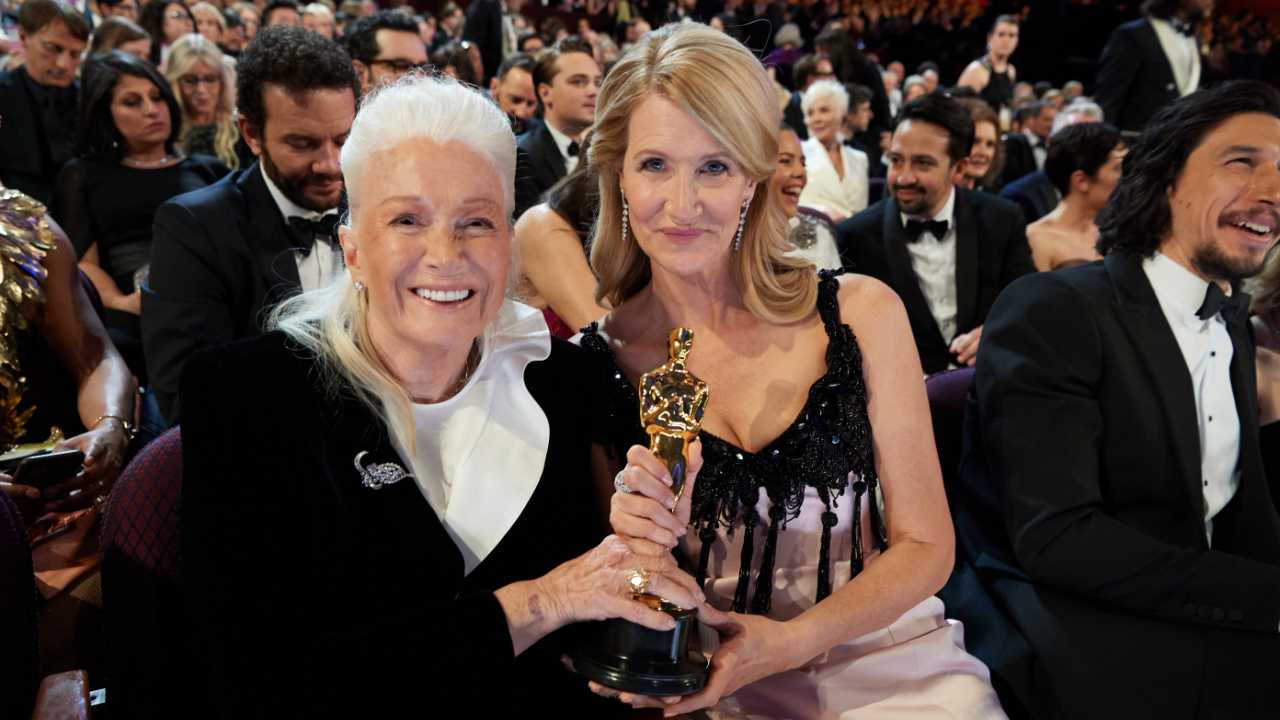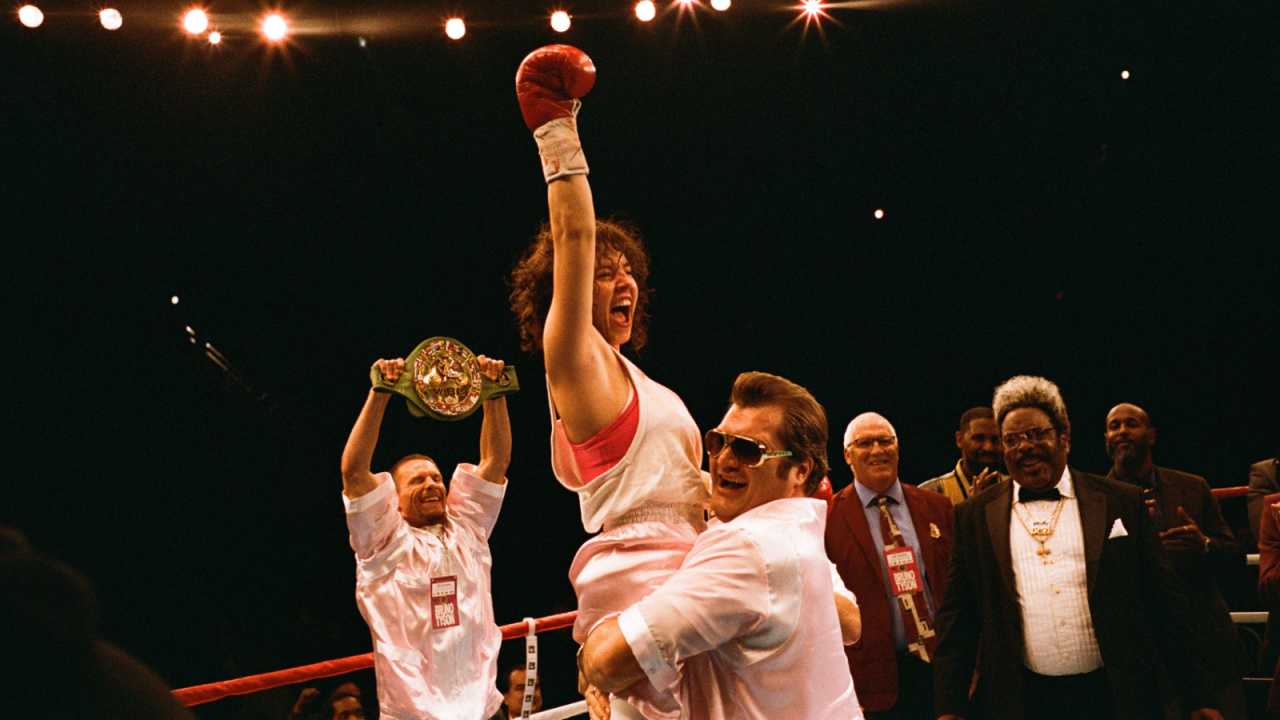‘Maya and the Three’ Stars Zoe Saldaña, Stephanie Beatriz, Gabriel Iglesias, & Allen Maldonado Talk About Their New Animated Series On Netflix
The cast members join writer/director Jorge R. Gutiérrez and animator/designer Sandra Equihua to discuss the epic adventure series.
‘Maya and the Three’ is a new animated series on Netflix that tells the story of a warrior princess named Maya (Zoe Saldaña) who goes on an epic quest to save humanity. Saldaña, her co-stars Stephanie Beatriz, Gabriel Iglesias, & Allen Maldonado, writer/director Jorge R. Gutiérrez and animator/designer Sandra Equihua spoke to Moviefone about their new series.
First up, Zoe Saldaña talks about what it’s like to work in animation.
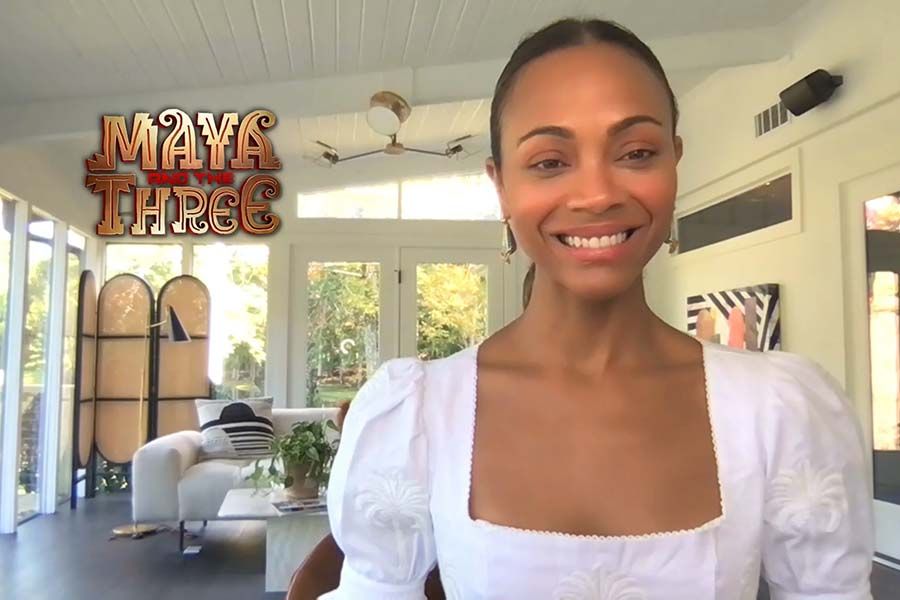
Moviefone: This is such a beautiful animated series, and you've worked with Jorge in the past. So when he approached you, what was your reaction?
Zoe Saldaña: I was flattered. I was so humbled and, I don't know, I just felt so happy because he did make a promise on the red carpet of 'Book of Life,' and then he kept his promise. He did call. And it was wonderful because once I saw this adventure of 'Maya and the Three,' obviously it was going to be much more challenging, but it just, it was an adventure that I just couldn't sort of stop thinking about it once he shared it with me.
MF: What were some of the challenges to this role?
Saldaña: Well, there's a lot of fighting and when you're only doing it using your voices as the sole instrument of performance, it takes a toll. So there were sessions in which there was a lot of drinking tea, and a lot of honey, and lemon, and green apples. But it was so much fun and Jorge is a person that it's difficult to match his energy because he's just, he gives 110% all the time. So though it is infectious, you're like, "Wait, Jorge, you really want her to scream that loud?" He goes, "Yeah." And you're like, "Okay, well, let's do it."
MF: So is it a lot harder to do a role when it's just your voice and not your whole body, you're not in person, you're not able to use any facial expressions, you have no one else you're working off of?
Saldaña: No, it's easy in so many ways because you get to roll into work in your PJs. You don't even have to brush your teeth if you don't want to. But, it has its own sets of challenges because being that your voice is the only instrument that you use, you really have to be prepared. You really have to be centered. You really have to listen to your director because a phrase can be said 3 million different ways, and you have to be able to capture it the way that the character needs to say it, right? And I've done so many animations now and all kinds of animations too because I've worked with Laika, and I've worked with Jorge for the second time. And I also did Vivo and I love it. I enjoy it. It's fun.
MF: What was that preparation like working with Jorge to develop the character of Maya?
Saldaña: There was a lot of conversations about where he was able to share who she was, and how she came to be, and what the world was, and what his vision was. But once we got through all those conversations and I felt like, "Okay, Maya's sinking in, like she's already coming in and taking over," then it just became a fun process of like, "Do it like this. Can you say it like that?" And, "What if you did it your way? What if you did it? That was a little too Queens. That was a little to this." And then like, "Do it more like this. No, I want you to be yourself. Do it like Zoe." So it was just, it was fun.
MF: Who is Maya, and what is the quest she's on?
Saldaña: Maya is this feisty, rebellious, wholesome 15-year-old who knows exactly who she is, knows her voice, knows where she wants to be and has to fight the old stigmas of the conventional roles that women are subjected to, and she's having a hard time fitting in those shoes. And she's challenged one day when she embarks on this epic quest to save her kingdom and her people, and now is when she really has to learn who she truly is and whether or not she is as brave as she thought she was. And she does this all with a lot of help from great friends.
MF: And this is a Latinx world, the culture, the mythology. So how is it to bring this out, so other kids can see maybe themselves reflected here?
Saldaña: Oh, it's so nice. It's on a personal level, I get to show my sons reflections of their heritage so that they always have more than enough reasons to be proud of who they are, and how they, are and what they are. But also, I'm just as excited to get to share a lot of my culture with the world. It's not just preaching or a lesson on Latinx sort of like mythology and Mesoamerican history, but it's a celebration. And when you celebrate, you want everybody to be invited. And I don't know how to talk about being Latinx more than I know how to be. So getting to show who we are in a way that is coming from a place of love is beautiful.
Stephanie Beatriz, Allen Maldonado, and Gabriel Iglesias describe their characters.
Moviefone: Stephanie, can you describe Chimi and tell me about bringing that character to life along with Jorge?
Stephanie Beatriz: Yeah. So Chimi is a skull warrior. She is one of Maya's three warriors that are going on this incredible quest. And I was really, really honored to be asked to be part of this project. I think Jorge Gutiérrez is so talented. He's such an incredible creative mind. And what he's kind of concocted in this world is really amazing. And Chimi is this sort of outcast weirdo that finds her home with Maya and Rico and Picchu, like, as a team. It was really fun to build her. We had an amazing time recording her, but I think the sort of most special moment for me was actually getting to see our voices, collectively, our voices, all come to life in this incredible animation. It's been really, really amazing to see.
MF: And Allen, tell me about Rico.
Allen Maldonado: Rico. He's the Afro-Latino wizard from... rooster wizard, rather. Again, he comes from a troubled past, as you will discover in the series. He has some issues that he's dealing with in his magic, but with Maya and the Three, somehow they figure out a way, and then they battle against evil. So I'm excited for people to see how just beautiful the animation alone is, in combination with all of our performances. I think we got something special.
MF: The animation is incredible. And Gabriel, you play Picchu, and he's got a very big bold look, shall we say?
Gabriel Iglesias: He's so full of life. Not just because of his size, but he's a warrior. He's a big, massive warrior with a heart. He's a gentle giant. A gentle giant is probably the best way to describe him. But yeah, trying to find his voice was interesting. Because you know, Jorge is looking at me, and he's like, "All right, dude, we got to come up with a character for this big guy." And I'm like, "Well, you know, I am a big guy." And he goes, "Yeah, but you don't sound big enough." And I'm like, "Oh, that's the story of my life." So anyway, take that as you will. So getting that voice down, it took a little while. And once we had it dialed in, we were off to the races and I think that it plays very, very well, and I don't want to spoil it, but yeah, there's some pretty like, "Oh!" moments, and you'll see what I'm talking about.
MF: There are some very heartfelt moments, and maybe the story doesn't really end how you would expect a kid's animated story to end. Stephanie, why do these three agree to go on this quest with Maya?
Beatriz: I think all of them are searching for something that Maya sort of urges them toward. Meaning, for Chimi, she's been really lonely most of her life. She's an outcast in her land. So there are all these different lands in this world that we're talking about, and she's from the jungle lands, and she's a complete outcast. In fact, people call her a monster. And so she's looking to belong, I think. And I mean, I don't want to speak for the other characters, but I think each of them is sort of missing something that's provided with the connection that they find in this like kind of chosen family with Maya and the three.
It's just like, it's really sweet how it reflects the journey of like when you're becoming an adult or when you're kind of finding your way as a person, you start to look around you to see how other people see you. And if you find the people that believe in you, then you're going to be able to achieve heights and become the fullest, best version of yourself. Because other people are seeing you in a light that maybe you don't always see yourself in that light.
Writer/director Jorge R. Gutiérrez and animator/designer Sandra Equihua talk about what inspired the story, and what it's like working together as a married couple.
Moviefone: I'm excited to talk about this project. So Jorge, where did this idea for the story come from and what does it mean to you personally?
Jorge R. Gutiérrez: Well, it was inspired by my wife, Sandra. I met her when she was 17 years old, and I thought she was a warrior woman because her dad was a doctor and her three sisters wanted to be doctors too. And she wanted to be an artist. She was a rebel. And honestly, that's been the big inspiration for it. And also going to museums as a kid and seeing all this beautiful Mesoamerican art and all this mythology, and never seen that on screen and falling in love with fantasy movies from other countries. And going, what? Wait, why can't we make our own fantasy movies?
MF: How do you feel, Sandra, that he says this was inspired by you?
Sandra Equihua: Well, that's a lot of pressure! It's like you're kind of scared that one day that your wick is going to run out, and it's going to burn out, and you're not going to inspire anyone anymore, but I hope I keep inspiring him.
MF: As husband and wife, how do you guys kind of work together? How did you work together on this project?
Gutiérrez: Usually Sandra designs all the female characters. So she designed Maya and herself because she plays the queen. And I usually design the males and the monsters and anything gross. And that's kind of how we work together. When I write, she's the first one to read everything.
MF: There's a lot of back and forth.
Gutiérrez: There's a lot of wife truth that is brutal.
MF: Painful wife truth.
Gutiérrez: But it's been a collaboration we've worked. We've never not worked together and everybody warned us, you can't work with each other. You guys are too crazy. Well, if you can work with your significant other, your marriage is bulletproof.
MF: Let's talk about designing King Teca. Tell me about him and kind of what he looks like and your idea behind that.
Gutiérrez: King Teca, people think kind of looks like me and I would agree a hundred percent with him. He looks like what I wish I could be. A giant Aztec tank, who's a teddy bear in the China shop of life and a forever giant child.
MF: I love him. I love him so much. Now, Queen Teca. She's got to be the mom, because he is still the kid. So tell me little bit about designing her look and about her.
Equihua: She was a lot of fun to do. The funny part is that once I finished designing her, where he came in, and she was like, did you know she kind of looks like a chess piece, she looks like a queen. It's really awesome that you kind of unconsciously design her that way. And I was like, oh my God, you're totally right. And yeah, personality wise, it does kind of bum me out that she has to be the adult. But there has to be someone to put order in this world, right?
MF: Right. Now Jorge, tell me about doing this as a long form instead of short form. So why this series instead of making a movie?
Gutiérrez: Originally, I wanted to do this as three movies. And no studio in Hollywood thought I could do it. Even though I kept telling them, "Hey, Peter Jackson did it with Lord of the Rings, I can do it too." No one wanted to do it. And then Netflix said, "Hey, we are not limited by format. If you want to tell three movies worth of story, we can do it." And so they believed in me, and I will be eternally thankful to Netflix for allowing this to happen.
MF: Netflix has been bringing out some great things. Netflix is mainly people watching in their homes, not on the big screen. So as a filmmaker, how do you feel about that?
Gutiérrez: I always say, I discovered Kubrick and Sergio Leone and Kurosawa on television. I did not, I was not privileged enough to get to see those movies in the big screen. So to me, that's how we consume movies. Movies exist in the movie theater, but guess what? They live forever at home. I'm just jumping one to give it directly to people. And you can't go to the movies to watch a four and a half hour animated movie anyways.
Equihua: What a great opportunity, right?
MF: Sandra, can you talk about the great opportunity to bring forward this project that allows children to see themselves in it? Whereas there's been many animated projects where they cannot relate because they don't see themselves.
Equihua: The cool part about that... It's kind of going back to what Jorge was saying is that Netflix has allowed us to see different cultures and different projects. There's so many different projects right now that are Chinese. There's dramas, there's cartoons, there's animated shorts. And it's such a privilege to be part of that grouping. And now that we can bring that and have those kids see themselves. These kids are from Latin America that haven't even seen them themselves before, and now they can actually see themselves. And we're part of that repertoire. That's so amazing.
'Maya and the Three' is now streaming on Netflix.


